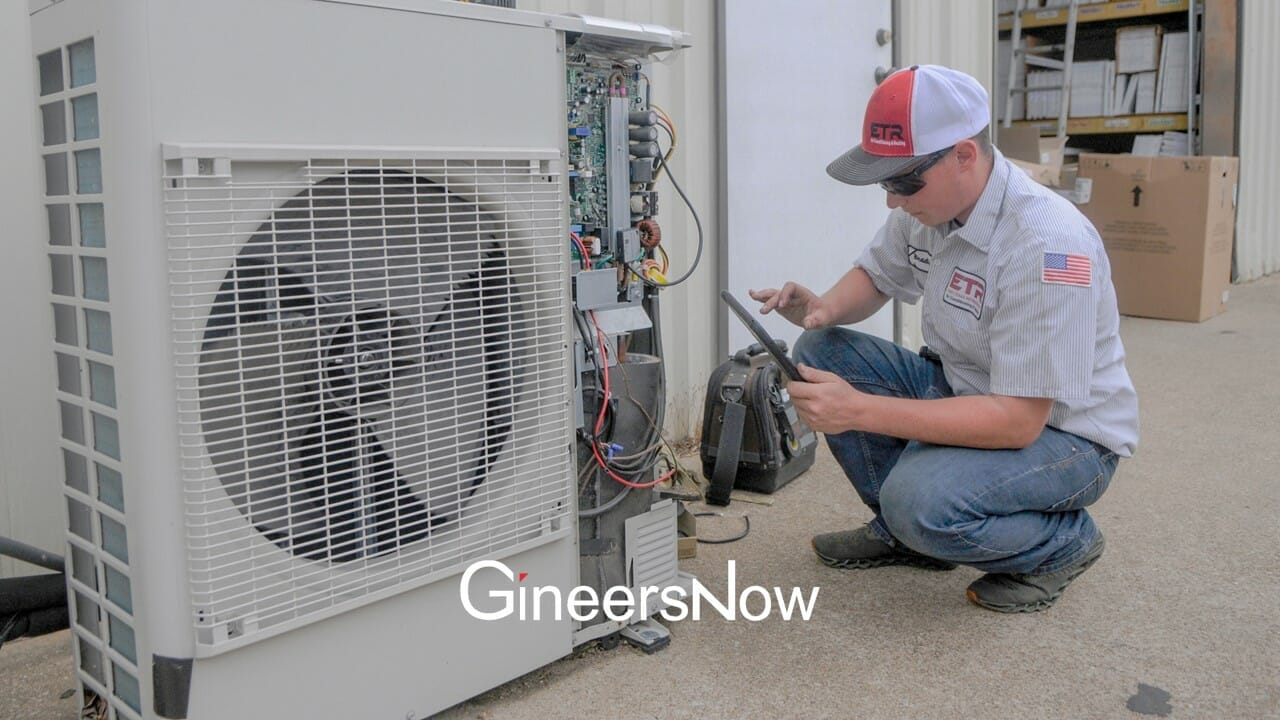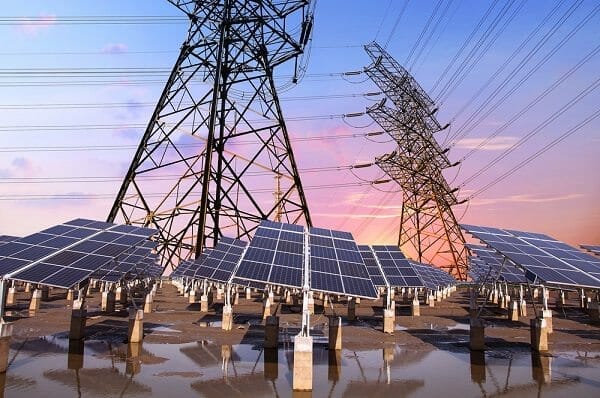A research team from King Abdullah University of Science and Technology (KAUST) in Saudi Arabia has developed a device that uses infrared radiation for power generation. The device will do this by transitioning a quadrillionth-of-a-second wave signals into useful electricity.
Scientists have shown that infrared heat can be harvested 24 hours a day. One of the ways to do this is to treat waste or infrared heat as high-frequency electromagnetic waves. Using antennas designed in the right way, collected waves are then sent to a rectifier which is usually a semiconductor diode which converts alternating signals into electric current.
“There is no commercial diode in the world that can operate at such high frequency.”
According to the KAUST team of researchers, putting these rectenna designs into practice is difficult even until today because infrared emissions have very small wavelengths. In addition to this infrared emissions also require micro or nanoscale antennas that are difficult to fabricate and test. Infrared waves also oscillate significantly faster than a typical semiconductor that can move electrons through its junction.

Source: Science Direct
“There is no commercial diode in the world that can operate at such high frequency,” ScienceDirect quoted the project leader Atif Shamim “That’s why we turned to quantum tunnelling.”
By energy harvesting from a renewable source such as this, can be a promising alternative for sustainable and clean power generation. Conventional photovoltaic technology harvests energy only from the visible range of the spectrum, thus leaving the infrared range completely unused. About 80 percent of solar radiation is absorbed by the atmosphere and the earth surface. These waves are then emitted again as mid-infrared radiation.
Other sources of Infrared emissions are metal heating, fluid heating, heat treatment, steam generation as well as agglomeration. The temperature for these processes fluctuates between 250K and 1500K, and the corresponding wavelengths vary in the mid infrared.
Tunneling devices like metal-insulator-metal (MIM) diodes convert infrared waves into current by moving electrons through a small wall. MIM diodes are able to handle high-frequency signals on the order of femtoseconds due to the barrier which is only one nanometer thick.
The research team made use of a bowtie-shaped nano-antenna to hold the insulator film between two metallic arms that go over each other to generate the fields needed for tunneling. According to post doctoral researcher, Gaurav Jayaswal, “The most challenging part was the nanoscale overlap of the two antenna arms, which required very precise alignment. Nonetheless, by combining clever tricks with the advanced tools at KAUST’s nanofabrication facility we accomplished this step”.
This new MIM diode is capable of catching the infrared waves with zero applied voltage, by choosing metals with different work functions, which is a passive feature that switches the device on when needed.
The bowtie has been able to harvest energy solely from the radiation and not from thermal effects. Experiments with infrared exposure have been able to demonstrate this. The researchers said that this is only the ‘beginning-a proof of concept’ and there could still be millions of such devices connected to boost overall electricity generation.
Article Sources:
















